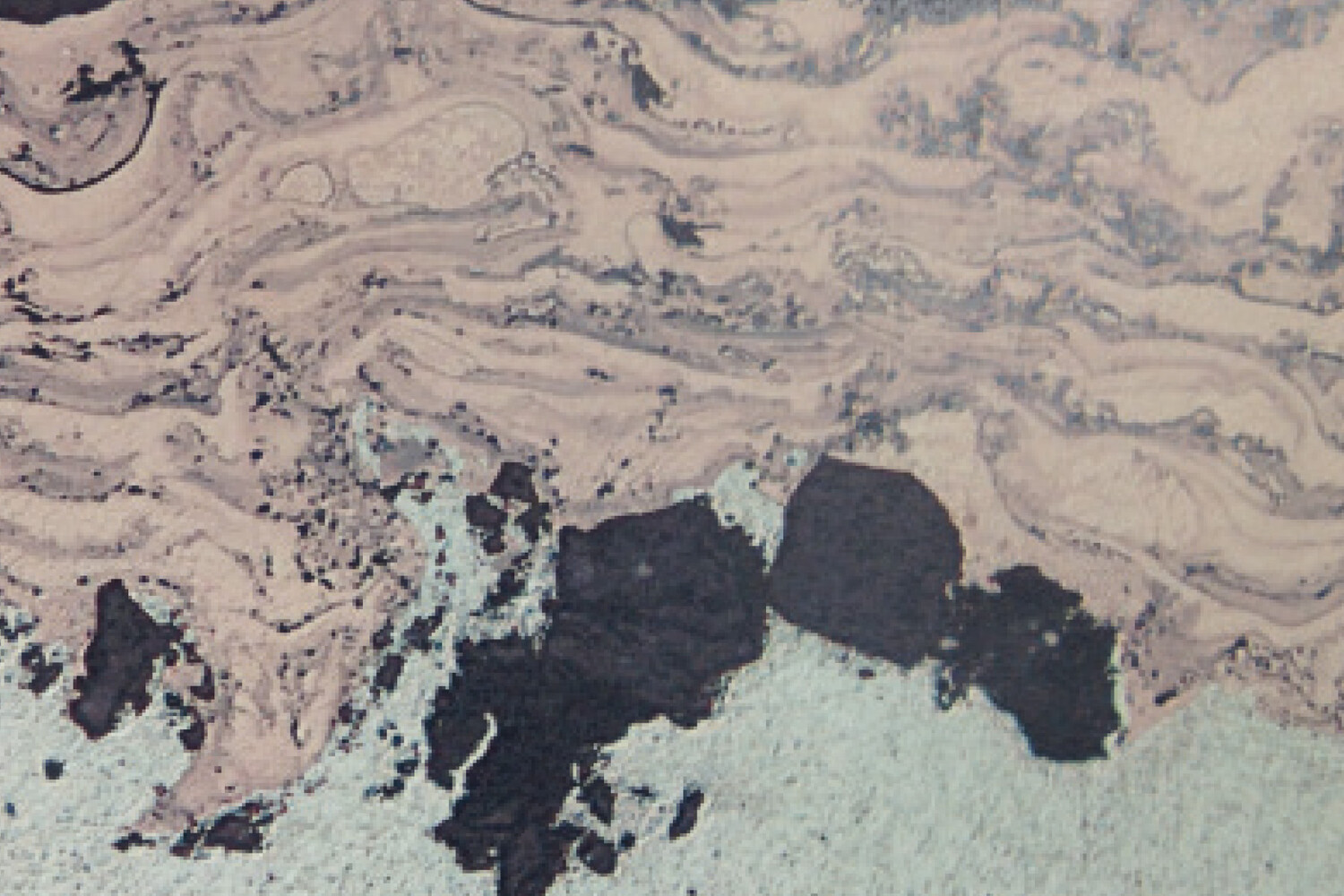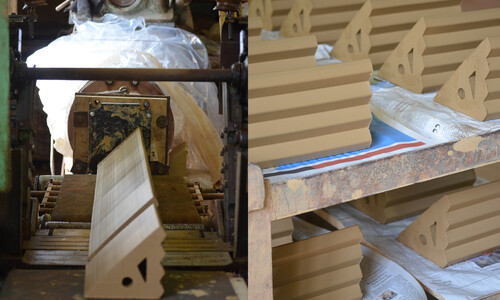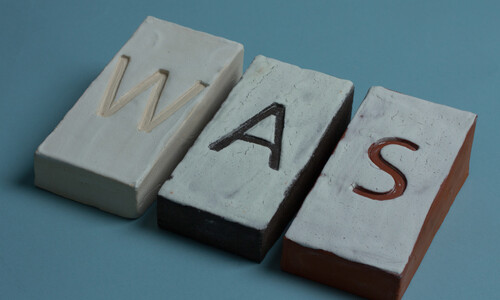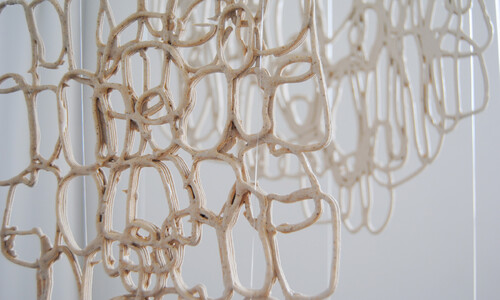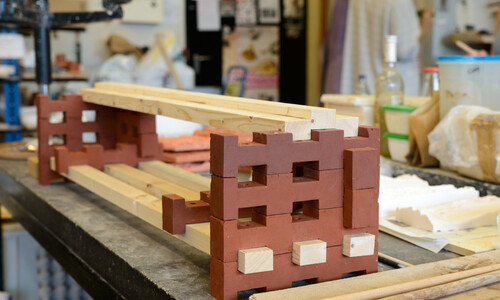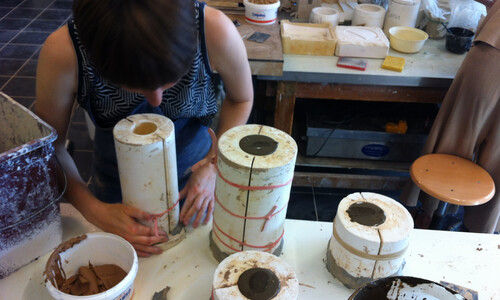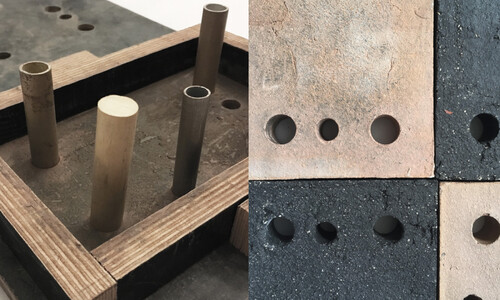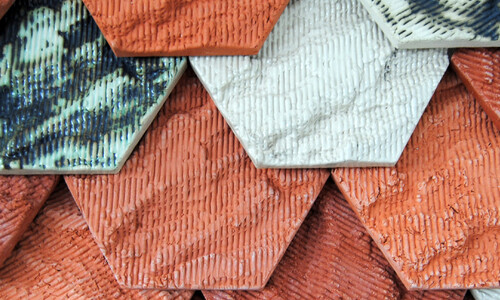Clay has long been extracted in Brandenburg and used for brick production or in the field of arts and crafts. The landscape, the material, and the culture are closely intertwined. This is not the case for its invisible counterpart. While the region holds large copper reserves, they are not part of Brandenburg’s culture or economy. A planned extraction has still not been implemented. At least in this regional context, a relationship between these two materials has so far existed only potentially.
Copper and clay are, of course, very different—in their processing, use, aesthetics, and perception. It is only relatively recently that ceramic and metallic materials have been combined to create new material hybrids that enhance their properties or open up new applications. Ceramic components coated with conductive copper, or dental prosthetics as high-strength metal-ceramic composites, are examples.
Until now, the combination of these two materials or material groups has remained largely confined to technical-industrial applications. A common method is thermal spraying, which is used to apply a metallic layer onto a ceramic substrate, creating a direct connection between the two materials that was previously impossible. In this project, the process is implemented with the help of a Brandenburg-based metal-spraying company to produce a series of copper-coated ceramic tiles developed from a design perspective.
Tieles demonstrates how the technical and aesthetic levels can influence each other and what design possibilities the technical level itself already offers. The focus is on the material and the range of ways it can be manipulated. The form—the triangular tiles and the table as a carrier—is only the medium through which the cultural material engages with the technology, allowing the technology itself to unfold a design vocabulary. In this case, it emerges, for example, through color gradients, material contrasts, and the combination of different textures.
The work attempts to relate materials, their processing, and the technical-aesthetic reflection to both their present and future. It addresses interventions and impulses aimed at raising awareness of culture and nature—both naturally grown and human-made surfaces.

